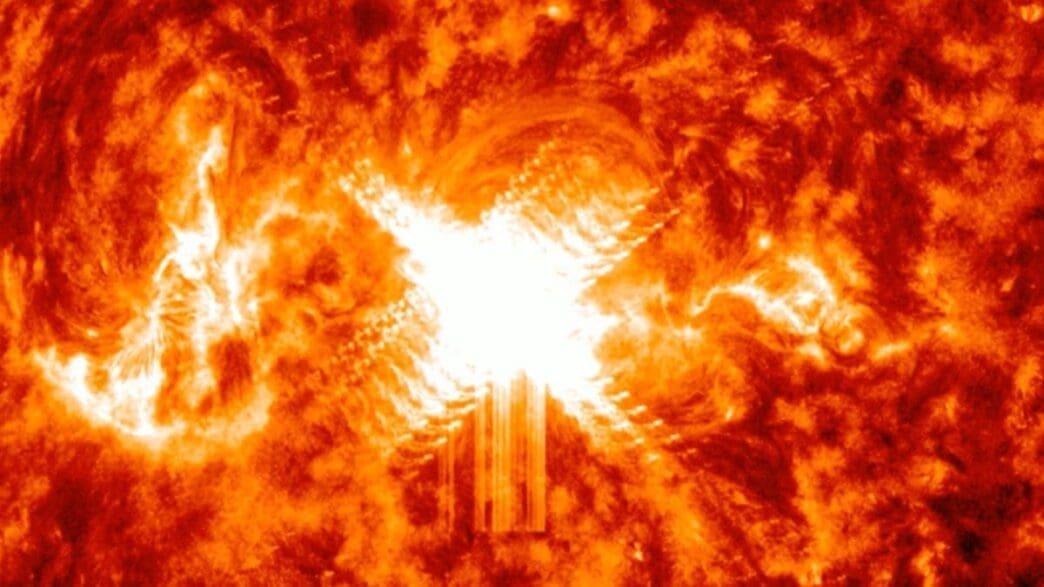In a year marked by heightened solar activity, 2024 witnessed over 50 X-class solar flares, the most potent type of solar flare, emanating from the sun. This year coincides with the solar maximum, a phase in the sun’s 11-year cycle of activity when solar events become more frequent and intense. Here, we delve into the top ten most powerful solar flares of 2024 and their implications.
Throughout 2024, the sun showcased remarkable activity, aligning with its peak in the solar maximum cycle. Among the plethora of solar eruptions, over 50 were classified as X-class solar flares, recognized for their intense X-ray emissions. These flares follow a logarithmic scale in classification, progressing from C, to M, and finally X, with each category being 10 times stronger than the last. Additionally, these flares can trigger coronal mass ejections (CMEs), which are vast plasma clouds capable of causing geomagnetic storms and visual auroras.
One notable event was the X3.38 flare on February 9. Its intensity was mitigated by the sun’s edge blocking much of the emission. The flare exhibited a diffraction pattern, characteristic of the instruments used, rather than an actual solar phenomenon. On May 15, an X3.48 flare erupted from the productive solar active region AR 13664, marking the end of a series of visible flares from this region.
Moving to mid-May, active region AR 13664 was yet again the source for the X3.98 flare on May 10. This flare was significant due to the strong, Earth-directed CME it produced, leading to a G5 geomagnetic storm—the most intense since 2003. This resulted in extensive auroras seen at unusually low latitudes.
Interestingly, an X4.52 flare on May 6 originated from active region AR 13663, located in the northern hemisphere, contrasting the southern activity. Unlike its predecessors, it didn’t launch noteworthy CMEs toward Earth. On September 14, another significant event occurred with the X4.54 flare, which shot a strong CME over the sun’s eastern limb, noted for causing prominent pixel saturation artifacts in imagery.
Among the most impactful was the X5.89 flare on May 11, also from the prolific AR 13664. This flare contributed to the chain of CMEs causing the May’s intense G5 geomagnetic storm but was slightly offset, reducing its direct impact. Another significant yet less Earth-affecting event was the X6.37 flare on February 22. Without producing Earth-directed CMEs, it was less remarkable overall.
October 1’s X7.10 flare, from active region AR 13842, didn’t direct major storms toward Earth but led to subsequent smaller flares that did. The largest flare, at X9.0 on October 3, released energy at ninefold the threshold to qualify as X-class, making it one of the strongest since the mid-2000s.
As we continue observing the sun’s dynamic behaviors, the year 2024 stands as a testament to the power and unpredictability of our star. Solar Cycle 25 is in full swing, and as it peaks, we must remain vigilant and prepared for the solar phenomena that may yet unfold. The energy released by these flares reminds us of the profound influences cosmic events can have on our planet.
Source: Space







